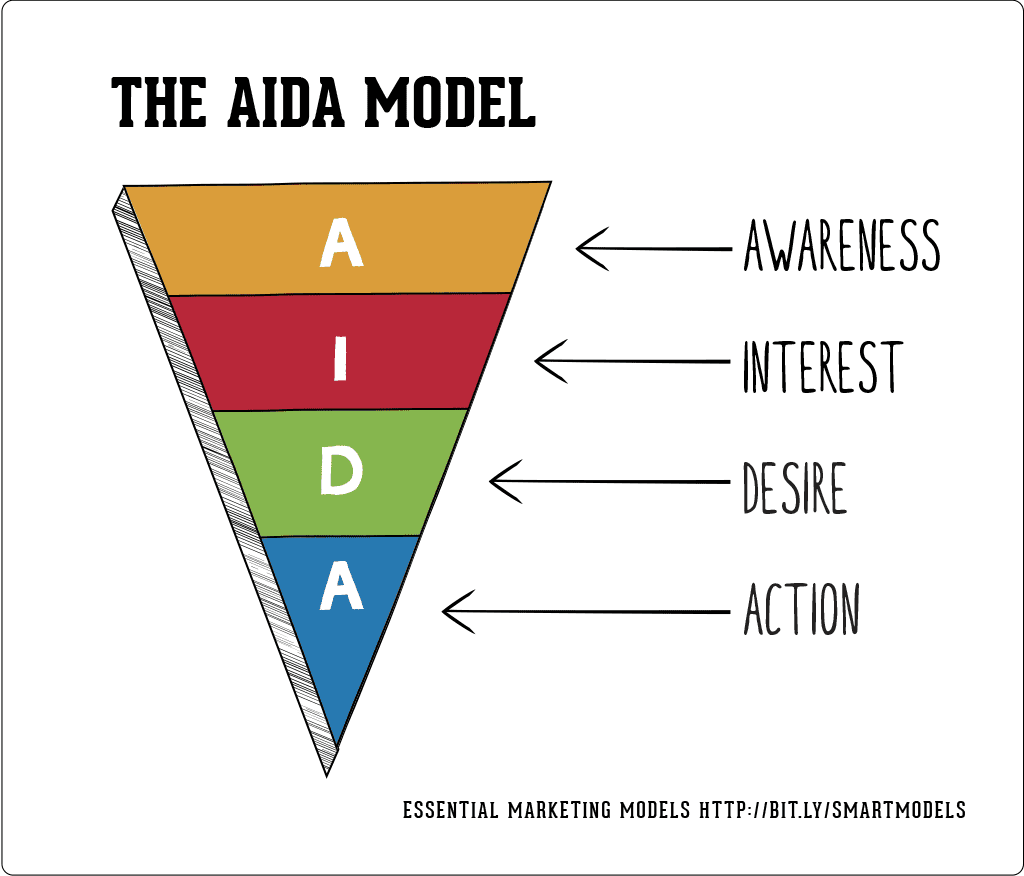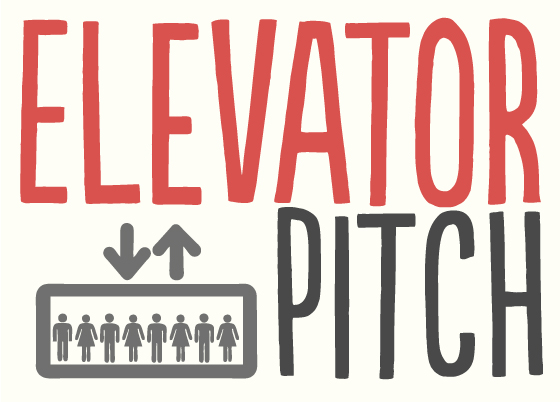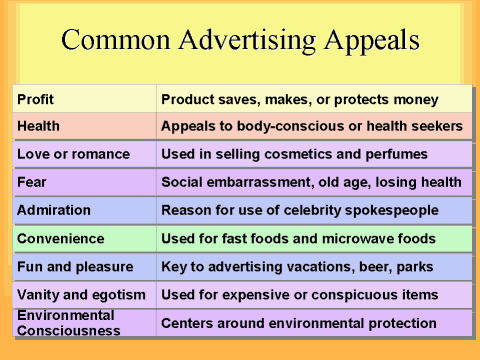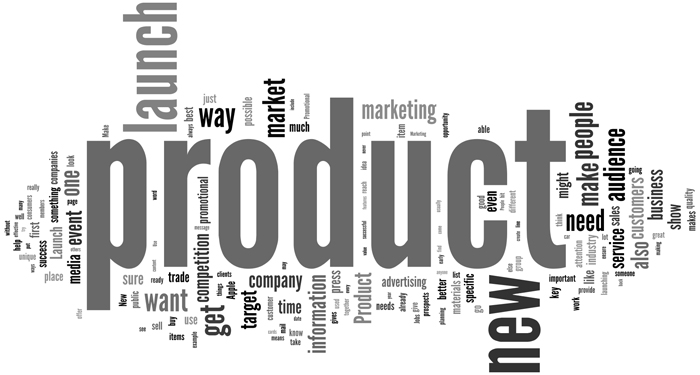Week 15
Tuesday
On Tuesday we had our last class period. During this class we first handed in two mind maps from the last two weeks. Next we discussed Chapter 16 of the text. Chapter 16 is all about advertising and promotions. Advertising, as defined by our book is one-way mass communication about a product or organization that is paid for by a marketer. Advertising could be useful for our Smart Project. It is likely that the type of advertising we would use would be pioneering advertising. Pioneering advertising is a form of advertising designed to stimulate primary demand for a new product or product category. Our product is certainly a new product that does not have a direct competitor in our product category. It would be helpful for us to use this kind of advertising strategy in order to stimulate demand for our new product category. An advertising appeal is a reason for a person to buy a product. Some common advertising appeals include profit, health, and pleasure. On Tuesday we also discussed our Shark Plans that are now due the final day of finals, the 12th. We had some questions answered about that. We then talked about the engineering expo a bit, which took place on Thursday. Lastly, we took the 4 p's assessment at the end of class. This was a quiz where we were introduced to an example of a business. We then had to evaluate the 4 p's of that business and make suggestions for improvements as well.
Thursday
On Thursday we had the engineering expo. After a full semester of work we finally got to see all the components of our project come together into one project. Overall I thought the expo went well. I thought our team did well to present our project to others at the expo. It seemed that most people liked the idea of our project and thought it was a good idea. One thing that multiple people brought up is that if not all bars implemented this then people would just go to another bar. In response to that we pointed out that through our research we found that the number of bars is in decline. So, it is unlikely for most people that there is another bar in reasonable distance that they would be willing to go to over a bar that has this technology. Overall I enjoyed this project and the process of it. I am also happy with the end product we created and how we delivered it.
Summary
 This semester I learned a lot about not only marketing but also how to work in a group. I of course learned a great deal about marketing. For example I learned about the 4 P's of the marketing mix, the AIDA model, the value proposition canvas, SWOT analysis, mission statements, and so much more. However something just as valuable that I learned is how to work effectively in a group where not everyone is the same. Working with engineers was a first for everyone in our group besides the other engineers. For us it was weird at first and at times very difficult. It is hard to work with others who do not think in the same way that we do. In the end we were able to set aside our differences and come together as one team and complete the project effectively. In this process I gained very valuable real-world skills on how to work in a team and work with others that may not think the same or be the easiest to work with. It is possible that I or anyone else in our class could work with engineers or people that think differently than us in our actual jobs after college. This class gave us a test run in this situation and I gained very important knowledge from this class both in this way and about marketing alone.
This semester I learned a lot about not only marketing but also how to work in a group. I of course learned a great deal about marketing. For example I learned about the 4 P's of the marketing mix, the AIDA model, the value proposition canvas, SWOT analysis, mission statements, and so much more. However something just as valuable that I learned is how to work effectively in a group where not everyone is the same. Working with engineers was a first for everyone in our group besides the other engineers. For us it was weird at first and at times very difficult. It is hard to work with others who do not think in the same way that we do. In the end we were able to set aside our differences and come together as one team and complete the project effectively. In this process I gained very valuable real-world skills on how to work in a team and work with others that may not think the same or be the easiest to work with. It is possible that I or anyone else in our class could work with engineers or people that think differently than us in our actual jobs after college. This class gave us a test run in this situation and I gained very important knowledge from this class both in this way and about marketing alone.



















